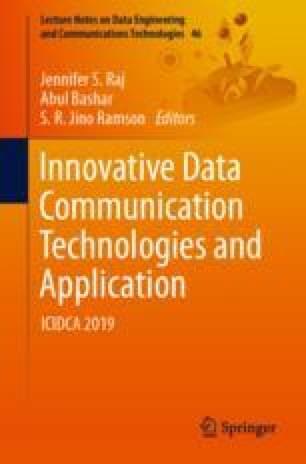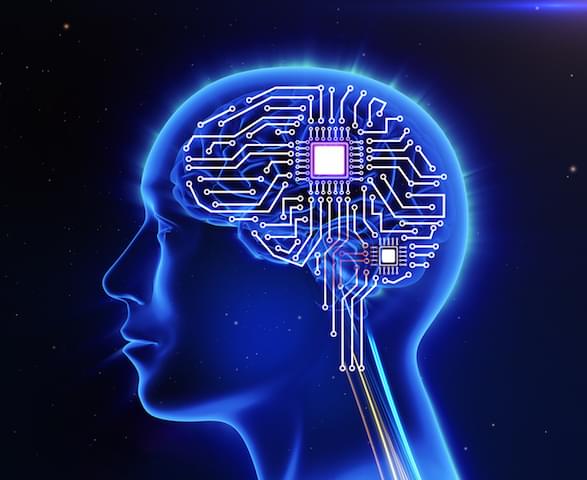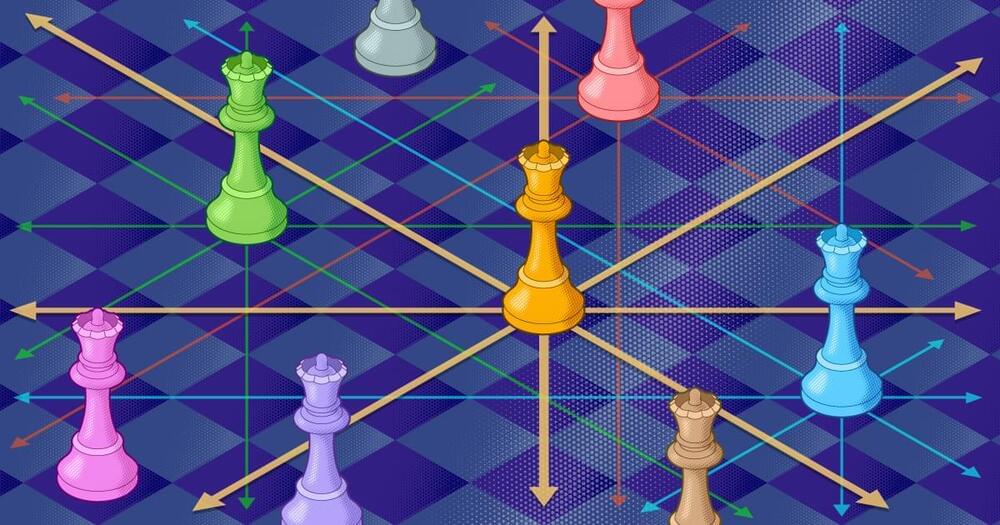It turns out, Mars was always fated for a waterless destiny.
New observations from robotic explorers like NASA’s Perseverance and Curiosity have revealed much about the ancient past of the Red Planet, where liquid water flowed throughout the planet’s surface. It used to have lakes, streams, rivers, and perhaps even a colossal ocean stretching around the horizon of Mars’ northern hemisphere. For decades, scientists have thought the weakening of the Martian magnetic field enabled charged particles from the sun to strip away the atmosphere, literally blowing away the bodies of water.
But a deeper, more primary cause for the move from wetness has come to light: Mars was always too small to retain its surface water forever, according to a new study published in the journal Proceedings of the National Academy of Sciences.






